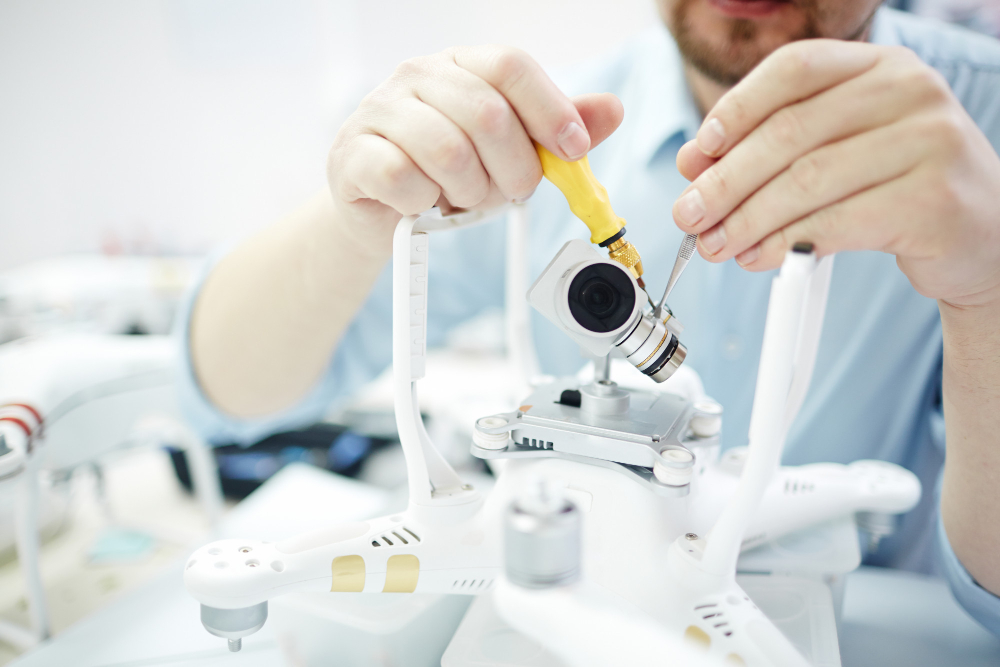
What is Isthmocele Repair?
Isthmocele repair is a surgical procedure to correct an isthmocele, also known as a cesarean scar defect or uterine niche. An isthmocele is a triangular or pouch-like indentation or divot in the uterine wall, typically located at the site of a previous cesarean section incision. This condition can cause symptoms such as abnormal uterine bleeding, pelvic pain, or difficulty conceiving, and may require surgical intervention to alleviate symptoms and improve fertility.
How is Isthmocele Repair Performed?
Isthmocele repair is typically performed as a minimally invasive procedure using hysteroscopy or laparoscopy. During the procedure, the surgeon identifies the isthmocele and removes the scar tissue or abnormal tissue using specialized instruments. The defect in the uterine wall may be closed with sutures or tissue grafts to reinforce the area and promote healing. Minimally invasive techniques are preferred whenever feasible to minimize postoperative pain, scarring, and recovery time.
Who is a Candidate for Isthmocele Repair?
Women with symptomatic isthmoceles, such as abnormal uterine bleeding, pelvic pain, or infertility, may be candidates for isthmocele repair. A thorough evaluation by a healthcare provider is necessary to determine candidacy and discuss the potential risks and benefits of the procedure. Factors such as the size and location of the isthmocele, the patient's fertility goals, and previous surgical history will also be considered in the decision-making process.
What is the Recovery Process Like After Isthmocele Repair?
The recovery process after isthmocele repair varies depending on the surgical technique and individual healing factors. Patients may experience some cramping, spotting, or vaginal discharge in the days following surgery. Pain medication, antibiotics, and restrictions on physical activity may be prescribed to promote healing. Most patients can resume normal activities within a few days to weeks after surgery, although full recovery may take longer.
What is the procedure after surgery?
Rest and Limit Activity: Avoid strenuous activities, heavy lifting, and vigorous exercise for the recommended period.
Keep the Area Clean: Gently clean the surgical area with water and mild soap as directed by your surgeon. Pat the area dry with a clean towel, and avoid rubbing or scrubbing.
Take Prescribed Medications: Take any prescribed pain medications, antibiotics, or other medications as instructed by your surgeon to manage pain and prevent infection.
Avoid Sexual Activity: Refrain from sexual intercourse and other sexual activities until your surgeon advises it is safe to do so. This typically takes several weeks to a month or more, depending on individual healing.
Wear Loose Clothing: Wear loose-fitting clothing, preferably cotton underwear, to minimize friction and promote airflow to the surgical area.
Attend Follow-Up Appointments: Keep all scheduled follow-up appointments with your surgeon to monitor your healing progress and address any concerns or complications promptly.
Avoid Tampons and Menstrual Cups: Refrain from using tampons and menstrual cups during your recovery period to prevent irritation and infection.
Stay Hydrated and Eat Nutritious Foods: Drink plenty of water and eat a balanced diet rich in vitamins and nutrients to support healing and boost your immune system.
Why Choose Samarpan Hospital for Isthmocele Repair?
Samarpan Hospital in Hisar, Haryana, offers expert care and advanced treatment options for women requiring isthmocele repair. Our team of experienced gynecologists and minimally invasive surgeons is dedicated to providing personalized care and optimal outcomes for each patient. With state-of-the-art facilities, cutting-edge technology, and a patient-centered approach, Samarpan Hospital is committed to delivering the highest quality of care and improving the lives of women with gynecological conditions.